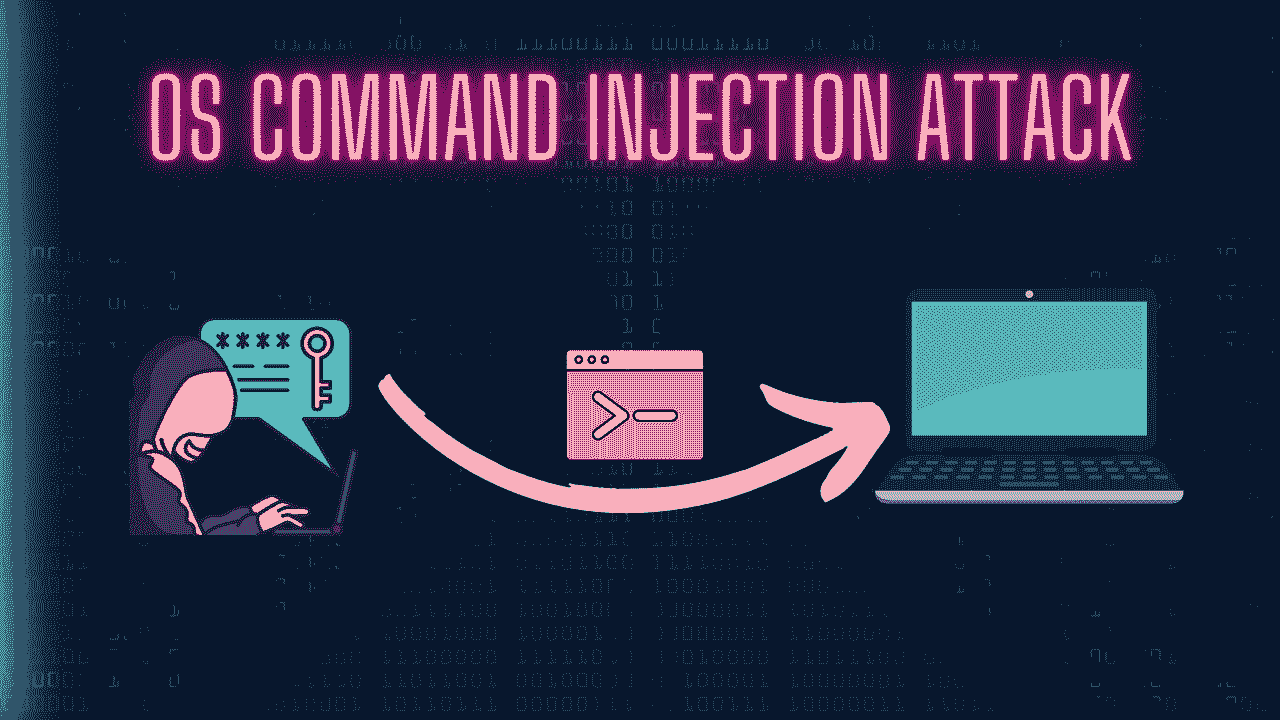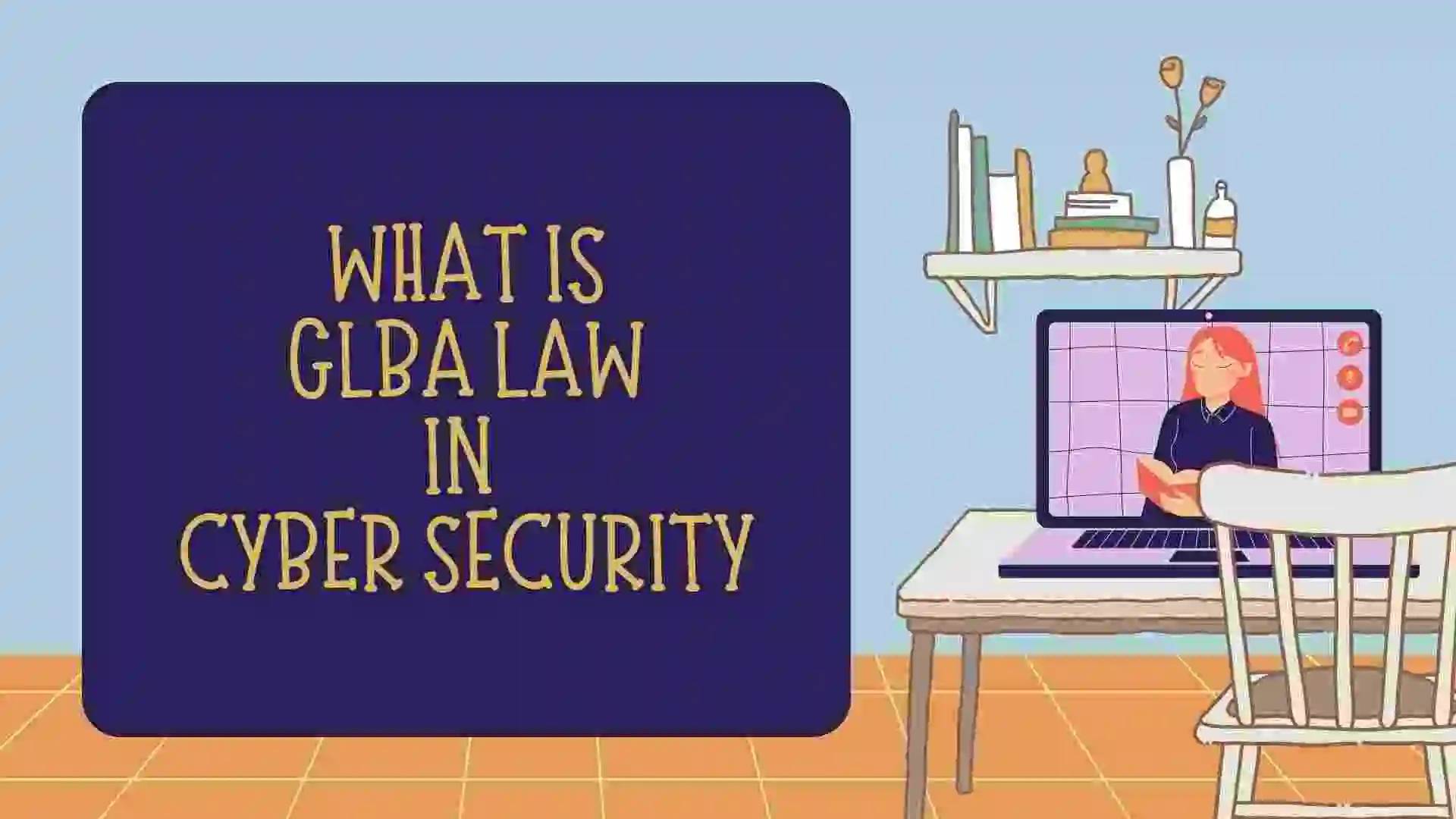In this type of blog, we will see what types of ethical hackers there are and what their responsibilities are. So let’s get started with the blog.
Table of Contents
- Introduction to Ethical Hackers
- Types of Ethical Hackers
- Difference between White and Black Ethical Hackers
- Roles and Responsibilities of Ethical Hackers
- How to Become an Ethical Hacker
- FAQ
- Articles on Computer Networks
- Related Articles on Linux
Introduction to Ethical Hackers
Ethical hackers, often referred to as “white-hat hackers,” use their skills and knowledge to simulate real-world cyberattacks in a controlled and responsible manner. They follow strict ethical guidelines and operate within legal boundaries while performing their assessments. Ethical hacking plays a crucial role in strengthening an organization’s cybersecurity defenses and preventing security breaches.
Ethical hacking, also known as penetration testing or white-hat hacking, is a practice that involves intentionally probing and assessing computer systems, networks, applications, and digital assets to identify security vulnerabilities and weaknesses. The primary goal of ethical hacking is to uncover potential security risks before malicious hackers can exploit them for unauthorized access, data breaches, or other cyberattacks.
Types of Ethical Hackers
These categories help differentiate hackers based on their intentions, practices, and the impact of their actions. Here are some common types of hackers within the context of ethical hacking:
1. White-Hat Hackers:
Also known as ethical hackers, white-hat hackers are individuals who use their skills to identify and address security vulnerabilities in systems, networks, and applications. They work within legal and ethical boundaries, often with the permission of the system owners, to improve cybersecurity and prevent unauthorized access.
2. Black-Hat Hackers:
Black-hat hackers are individuals who engage in malicious activities, such as unauthorized access, data theft, and cyberattacks. They are motivated by personal gain, financial profit, or causing harm. Unlike ethical hackers, black-hat hackers operate outside legal and ethical boundaries.
3. Grey-Hat Hackers:
Grey-hat hackers fall between white-hat and black-hat hackers. They might identify vulnerabilities in systems without explicit permission but then notify the affected organization. However, their actions can still be considered unauthorized and unethical if they access systems without proper authorization.
4. Insider Threats:
Insider threats refer to individuals within an organization who misuse their authorized access to compromise security. While not always hackers in the traditional sense, insiders can exploit their privileges to steal data, disrupt operations, or facilitate external attacks.
5. Bug Bounty Hunters:
Bug bounty hunters participate in programs offered by organizations to identify and report security vulnerabilities. These individuals responsibly disclose vulnerabilities and are rewarded with monetary compensation, recognition, or other incentives.
It’s important to note that ethical hacking and white-hat hacking are aligned with positive intentions and adhere to legal and ethical guidelines.
Difference between White and Black Ethical Hackers
| White Hat Hacker | Black Hat hacker |
|---|---|
| White-hat hackers, also known as ethical hackers, have positive intentions. They use their skills to identify and address security vulnerabilities in systems, networks, applications, and digital assets. | Black hat hackers engage in malicious activities with the intent of causing harm, gaining unauthorized access, stealing data, or disrupting systems. |
| They seek permission from system owners before conducting security assessments and adhere to responsible disclosure practices when they discover vulnerabilities. | Their actions often violate laws and ethical norms, as they engage in activities like unauthorized hacking, data theft, and cyberattacks. |
| White-hat hackers are motivated by the desire to improve cybersecurity, protect organizations from cyber threats, and contribute positively to the digital ecosystem. | Black-hat hackers are motivated by personal gain, financial profit, a desire for power, or causing damage to organizations or individuals. |
| White hat hackers provide detailed reports to organizations outlining the vulnerabilities they have identified, along with recommendations for remediation. | Black-hat hackers do not follow responsible disclosure practices. Instead, they may attempt to exploit vulnerabilities covertly or sell stolen data on the dark web. |
| Their actions are legal and align with ethical guidelines as they work to prevent security breaches and protect sensitive data. | Their actions are illegal and can result in criminal charges, financial penalties, and reputational damage. |
Roles and Responsibilities of Ethical Hackers
Their main objective is to help organizations enhance their cybersecurity defenses by simulating real-world attacks and providing recommendations for improvement. Here are the key roles and responsibilities of ethical hackers:
1. Vulnerability Assessment:
Ethical hackers conduct comprehensive assessments of systems, networks, applications, and digital assets to identify vulnerabilities and weaknesses that could potentially be exploited by malicious actors.
2. Penetration Testing:
Penetration testing involves attempting to exploit identified vulnerabilities to gain unauthorized access to or control over systems, networks, or applications. This process helps assess the effectiveness of security measures and demonstrates potential risks.
3. Reconnaissance:
Ethical hackers gather information about the target environment to understand its architecture, technologies, and potential attack vectors. This information helps them plan and execute effective security assessments.
4. Exploitation Analysis:
Ethical hackers analyze the methods used to exploit vulnerabilities, understanding how attackers might leverage them to compromise systems or data.
5. Reporting:
After conducting assessments, ethical hackers create detailed and comprehensive reports that outline their findings, including identified vulnerabilities, exploitation methods, and potential impacts. These reports also provide actionable recommendations for remediation.
6. Remediation Guidance:
Ethical hackers provide guidance on addressing identified vulnerabilities, recommending specific steps and strategies to improve security measures, patch systems, and enhance configurations.
7. Compliance and Regulations:
Ethical hackers help organizations adhere to industry regulations and compliance requirements by assessing security measures and identifying areas of improvement.
8. Collaboration with Security Teams:
Ethical hackers collaborate with the organization’s internal security teams to understand the environment, address concerns, and ensure that assessments align with the organization’s goals and requirements.
9. Continuous Learning:
Ethical hackers stay up-to-date with the latest vulnerabilities, hacking techniques, and cybersecurity trends to remain effective in identifying and addressing emerging threats.
10. Ethical Boundaries:
Ethical hackers always operate within legal and ethical boundaries. They seek proper authorization before conducting assessments and refrain from causing harm or disruptions to systems.
11. Education and Training:
Ethical hackers often provide education and training to organizations, helping them understand security best practices, potential risks, and the importance of maintaining a strong security posture.
12. Incident Response Preparation:
By simulating real-world attacks, ethical hackers help organizations prepare for potential security incidents by testing incident response plans and evaluating the effectiveness of detection and response procedures.
13. Building Stakeholder Trust:
Through their efforts to improve cybersecurity, ethical hackers help build trust among customers, partners, investors, and other stakeholders as they see the organization’s commitment to protecting their data and assets.
In essence, ethical hackers play a vital role in identifying vulnerabilities, assessing risks, and providing recommendations to enhance an organization’s cybersecurity defenses. Their efforts contribute to proactive risk management and maintaining a strong security posture in a rapidly evolving threat landscape.
How to Become an Ethical Hacker
Becoming an ethical hacker, also known as a white-hat hacker or cybersecurity professional, involves acquiring a combination of education, skills, certifications, and a strong ethical foundation. Ethical hackers are responsible for identifying and addressing security vulnerabilities in computer systems, networks, and applications to protect them from malicious attacks. Here are the steps to becoming an ethical hacker:
- Educational Foundation:
- Obtain a Strong Technical Background: Start with a solid foundation in computer science, information technology, or a related field. Understanding computer systems, networks, and programming languages is essential.
- Learn Networking: Gain a deep understanding of networking protocols, network configurations, and how data flows across networks.
- Learn Operating Systems: Familiarize yourself with various operating systems, including Windows, Linux, and macOS.
- Programming Skills:
- Learn Programming Languages: Learn programming languages such as Python, C/C++, JavaScript, and scripting languages like Bash. Proficiency in scripting is essential for automating tasks and writing custom tools.
- Cybersecurity Knowledge:
- Study Cybersecurity Fundamentals: Learn the basics of cybersecurity, including common attack vectors, security principles, and best practices.
- Understand Common Threats: Familiarize yourself with malware, social engineering, phishing, DoS (Denial of Service) attacks, and other common threats.
- Security Technologies: Learn about security technologies like firewalls, intrusion detection systems (IDS), intrusion prevention systems (IPS), and antivirus software.
- Hands-On Practice:
- Setting Up a Lab: Create a home lab environment to practice your skills safely. You can use virtual machines or dedicate old hardware for this purpose.
- Capture the Flag (CTF) Challenges: Participate in CTF challenges and platforms that offer hands-on hacking scenarios. Websites like Hack The Box, TryHackMe, and OverTheWire provide such challenges.
- Practice Ethical Hacking Tools: Get comfortable with tools commonly used in ethical hacking, such as Wireshark, Nmap, Metasploit, Burp Suite, and more.
- Certifications:
- Certified Ethical Hacker (CEH): Consider obtaining the CEH certification from the EC-Council, which is a recognized certification in the field of ethical hacking.
- CompTIA Security+: This certification provides a foundational understanding of security concepts and is often recommended for beginners.
- Offensive Security Certified Professional (OSCP): The OSCP certification from Offensive Security is highly regarded in the industry and requires hands-on penetration testing skills.
- Certified Information Systems Security Professional (CISSP): The CISSP is a more advanced certification focused on information security management.
- Ethical and Legal Understanding:
- Always adhere to a strict code of ethics. Ethical hackers must obtain proper authorization before testing systems and respect the privacy and confidentiality of data.
- Understand and comply with relevant laws and regulations, such as the Computer Fraud and Abuse Act (CFAA) in the United States.
- Continuous Learning:
- Stay up to date with the latest security threats, vulnerabilities, and countermeasures by following security news, attending conferences, and participating in online communities.
- Networking and Collaboration:
- Connect with other cybersecurity professionals, join forums, and attend security conferences to network and learn from others in the field.
- Job Experience:
- Gain practical experience through internships, entry-level positions, or freelance work in cybersecurity. Real-world experience is invaluable.
- Build a portfolio:
- Document your ethical hacking projects, CTF achievements, and certifications in a portfolio or resume to showcase your skills to potential employers.
Becoming an ethical hacker is a continuous journey, as the field of cybersecurity is ever-evolving. The more you learn and practice, the more proficient you will become in identifying and mitigating security vulnerabilities. Ethical hackers play a crucial role in helping organizations secure their digital assets and protect against cyber threats.
FAQ
Who are ethical hackers?
Ethical hackers, often referred to as “white-hat hackers,” use their skills and knowledge to simulate real-world cyberattacks in a controlled and responsible manner. They follow strict ethical guidelines and operate within legal boundaries while performing their assessments.
What are the different types of Hackers?
Here are some common types of hackers within the context of ethical hacking:
1. White-Hat Hackers:
Also known as ethical hackers, white-hat hackers are individuals who use their skills to identify and address security vulnerabilities in systems, networks, and applications. They work within legal and ethical boundaries, often with the permission of the system owners, to improve cybersecurity and prevent unauthorized access.
2. Black-Hat Hackers:
Black-hat hackers are individuals who engage in malicious activities, such as unauthorized access, data theft, and cyberattacks. They are motivated by personal gain, financial profit, or causing harm. Unlike ethical hackers, black-hat hackers operate outside legal and ethical boundaries.
3. Grey-Hat Hackers:
Grey-hat hackers fall between white-hat and black-hat hackers. They might identify vulnerabilities in systems without explicit permission but then notify the affected organization. However, their actions can still be considered unauthorized and unethical if they access systems without proper authorization.
4. Insider Threats:
Insider threats refer to individuals within an organization who misuse their authorized access to compromise security. While not always hackers in the traditional sense, insiders can exploit their privileges to steal data, disrupt operations, or facilitate external attacks.
5. Bug Bounty Hunters:
Bug bounty hunters participate in programs offered by organizations to identify and report security vulnerabilities. These individuals responsibly disclose vulnerabilities and are rewarded with monetary compensation, recognition, or other incentives.
What are the roles and responsibilities of an Ethical Hacker?
Roles and responsibilities of an Ethical hacker
1. Vulnerability Assessment
2. Penetration Testing
3. Reconnaissance
4. Exploitation Analysis
5. Reporting
6. Remediation Guidance
7. Compliance and Regulations
8. Collaboration with Security Teams
9. Continuous Learning
10. Ethical Boundaries
11. Education and Training
12. Incident Response Preparation
13. Building Stakeholder Trust
How Do I Become a Certified Ethical Hacker?
Here are the steps to becoming an ethical hacker:
1) Educational Foundation
2) Programming Skills
3) Cybersecurity Knowledge
4) Hands-On Practice
5) Certifications
6) Ethical and Legal Understanding
7) Networking and Collaboration
8) Job Experience
9) Build a Portfolio
What are the main courses to take for an ethical hacker?
There are four courses you should take to become a Certified Ethical Hacker:
1) Certified Ethical Hacker (CEH)
2) CompTIA Security+
3) Offensive Security Certified Professional (OSCP)
4) Certified Information Systems Security Professional (CISSP)
Articles on Computer Networks
- Introduction to Computer Networking | What is Computer Network
- What are Topology & Types of Topology in Computer Network
- What is FootPrinting in Cyber Security and its Types, Purpose
- Introduction to Cloud Computing | What is Cloud Computing
- Distributed Shared Memory and Its Advantages and Disadvantages
- What is a VPN? How does a VPN Work? What VPN should I use?
- What is an Internet and How the Internet Works
- What is a Website and How Does a Website or web work?
- Introduction to Virus and Different Types of Viruses in Computer
- What is TCP and its Types and What is TCP three-way Handshake
- What is the UDP Protocol? How does it work and what are its advantages?
- What is an IP and its Functions, What is IPv4 and IPv6 Address
- What is MAC Address and its Types and Difference MAC vs IP
- What is ARP and its Types? How Does it Work and ARP Format
- Sessions and Cookies and the Difference Between Them
- What is the ICMP Protocol and its Message Format?
- What is Big Data? Characteristics and Types of Big Data
- Disciplines of CyberSecurity | What are the goals of CyberSecurity?
- What is Firewall, Features, Types and How does the Firewall Work?
- Network Scanning, Types, and Stealth Scan in Computer Network
- Cryptography and its Types in Ethical Hacking
- Tor Browser and How Does It Work | Onion Router Tutorial
- Proxy Server, Advantages, Difference between Proxy Server & VPN
- DHCP Protocol and What Are the Pros and Cons of DHCP
- Intrusion Detection System(IDS) and What are the types of IDS
- Domain Name Server, How Does It Work, and its advantages
- Telnet: Introduction, How Does it Work, and Its Pros and Cons
- SOC: Introduction, Functions performed by SOC, and its Pros
- What is SIEM? | What is the Difference between SIEM and SOC?
- Application Layer in OSI Model | OSI Model Application Layer
- What is SSL Protocol or SSL/TLS and SSL Handshake, and Architecture of SSL
- What are Servers, how do they work, and its different Types
- Network Devices-Router, Switch, Hub, etc in Computer Network
- Connection Oriented and Connection-less Services in Network
- Physical Layer in OSI Model | OSI Model Physical Layer
- Presentation Layer in OSI Model | OSI Model Presentation Layer
- Session layer in OSI Model | OSI Model Session layer
- Transport Layer in OSI Model | Computer Network Transport Layer
- Network Layer in OSI Model | OSI Model Network Layer
- Data Link Layer in OSI Model | OSI Model Data Link Layer
Related Articles on Linux
- What is Linux Operating System | Introduction to Linux
- Directory in Linux Define | Linux Directory & its Commands
- Explain the chmod command in Linux | Linux chmod command
- Linux User Management || User Management in Linux
- Linux Computer Network Advanced Command | Network Command
- Redirection in Linux I/O| Linux I/O Redirection
- CronTab and Job Scheduling in Linux | Make CronTab Project
- Linux Firewall Unlock Rules with Firewall-cmd Tutorial
- netstat command in Linux | Linux netstat command
- SSH Command Full Guide with Practical | Linux SSH Service
- awk command Guide | How to arrange the output of the file in Linux
- sed command Full Guide Tutorial | Linux sed Command
- Iptables commands Full Guide: How to make our own Firewall




